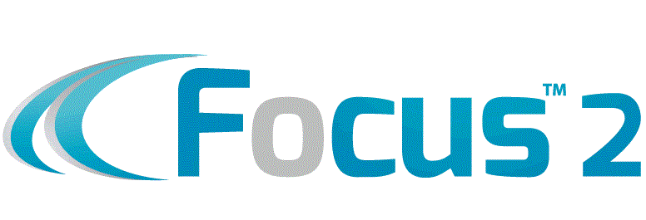The Stimulus Act, how it affects college savings
How the Stimulus Act affects your college savings...
The $787 billion American Recovery and Reinvestment Act of 2009, signed by President Obama, could have an impact on how you build and spend your 529 college savings account. One change made by the Act: The list of eligible 529 expenses is expanded to include purchases of computer technology and equipment, along with Internet access for students and their families. However, this expansion applies only to the years 2009 and 2010; starting again in 2011, computers etc. do not qualify unless required by the educational institution as a condition of enrollment or attendance.
For students attending post-secondary school in 2009 and 2010, the Hope Scholarship credit is beefed up under the Act. The new temporary version, called the American Opportunity Tax Credit, is available to more families than was the old Hope credit. It can be used for the third and fourth years of college in addition to the first two years; course materials are included as an eligible expense; and the credit phases out at a higher range ($160,000-180,000 for joint filers and $80,000-90,000 for all others). Furthermore, the maximum annual credit amount increases from$1,800 in 2008 to $2,500 for this year and next (100% of the first $2,000 of eligible expenses plus 25% of the next $2,000 of eligible expenses); it can be applied against the alternative minimum tax; and it is up to 40% refundable for students not subject to the kiddie tax.
Families with a choice between the American Opportunity/Hope credit, the Lifetime Learning credit, and the above-the-line tuition deduction will almost always opt for the American Opportunity/Hope credit.
Under the anti-double-dipping rules, families will have less opportunity to take tax-free withdrawals from their 529 plans as compared with the old Hope credit because the new credit will consume more of their qualified expenses ($4,000 versus $2,000). However, they will have greater opportunity to take tax-free withdrawals from their 529 plans as compared with the Lifetime Learning credit, which uses up $10,000 in tuition costs to generate a maximum $2,000 credit.
Finally, the Act provides an incentive for your college freshman to move off campus and purchase a home by November 30, 2009. First-time homebuyers receive a 10% tax credit on the purchase price of the home, up to a maximum $8,000 credit. The tax credit must be repaid if the buyer moves away in less than three years, so beware if your child later wants to transfer schools. Housing costs qualify for tax-free 529 treatment, although the student must be enrolled at least half-time, and the eligible amount for an off-campus student is capped each year to the amount reported by the school in its "cost of attendance" summary.
( Article By Joe Hurley)
Also review the Recovery website http://www.recovery.gov/
Read the entire act here all 407 pages





